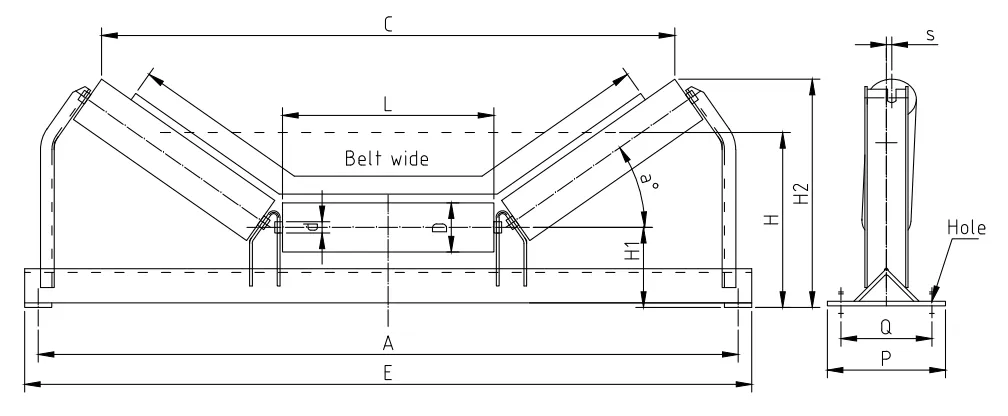 Afrikaans
Afrikaans  Albanian
Albanian  Amharic
Amharic  Arabic
Arabic  Armenian
Armenian  Azerbaijani
Azerbaijani  Basque
Basque  Belarusian
Belarusian  Bengali
Bengali  Bosnian
Bosnian  Bulgarian
Bulgarian  Catalan
Catalan  Cebuano
Cebuano  Corsican
Corsican  Croatian
Croatian  Czech
Czech  Danish
Danish  Dutch
Dutch  English
English  Esperanto
Esperanto  Estonian
Estonian  Finnish
Finnish  French
French  Frisian
Frisian  Galician
Galician  Georgian
Georgian  German
German  Greek
Greek  Gujarati
Gujarati  Haitian Creole
Haitian Creole  hausa
hausa  hawaiian
hawaiian  Hebrew
Hebrew  Hindi
Hindi  Miao
Miao  Hungarian
Hungarian  Icelandic
Icelandic  igbo
igbo  Indonesian
Indonesian  irish
irish  Italian
Italian  Japanese
Japanese  Javanese
Javanese  Kannada
Kannada  kazakh
kazakh  Khmer
Khmer  Rwandese
Rwandese  Korean
Korean  Kurdish
Kurdish  Kyrgyz
Kyrgyz  Lao
Lao  Latin
Latin  Latvian
Latvian  Lithuanian
Lithuanian  Luxembourgish
Luxembourgish  Macedonian
Macedonian  Malgashi
Malgashi  Malay
Malay  Malayalam
Malayalam  Maltese
Maltese  Maori
Maori  Marathi
Marathi  Mongolian
Mongolian  Myanmar
Myanmar  Nepali
Nepali  Norwegian
Norwegian  Norwegian
Norwegian  Occitan
Occitan  Pashto
Pashto  Persian
Persian  Polish
Polish  Portuguese
Portuguese  Punjabi
Punjabi  Romanian
Romanian  Russian
Russian  Samoan
Samoan  Scottish Gaelic
Scottish Gaelic  Serbian
Serbian  Sesotho
Sesotho  Shona
Shona  Sindhi
Sindhi  Sinhala
Sinhala  Slovak
Slovak  Slovenian
Slovenian  Somali
Somali  Spanish
Spanish  Sundanese
Sundanese  Swahili
Swahili  Swedish
Swedish  Tagalog
Tagalog  Tajik
Tajik  Tamil
Tamil  Tatar
Tatar  Telugu
Telugu  Thai
Thai  Turkish
Turkish  Turkmen
Turkmen  Ukrainian
Ukrainian  Urdu
Urdu  Uighur
Uighur  Uzbek
Uzbek  Vietnamese
Vietnamese  Welsh
Welsh  Bantu
Bantu  Yiddish
Yiddish  Yoruba
Yoruba  Zulu
Zulu ਫਰ. . 15, 2025 03:19
Back to list
conveyor idler
The world of conveyor components is a complex landscape, characterized by a wide array of products, materials, and customization options tailored to meet the specific needs of various industries. When navigating this intricate domain, having a robust understanding and first-hand experience with these components is invaluable. This comprehensive guide aims to delve into the realm of conveyor components, from essential types to high-quality materials and modern innovations that optimize efficiency and reliability in production processes.
A significant trend in modern conveyor components is the shift toward advanced technologies and materials aimed at improving operational efficiency and reducing downtime. For example, the integration of smart sensors allows real-time monitoring of conveyor performance, detecting issues before they escalate into costly downtime. These sensors can track belt speed, pulley tension, and roller alignment, essential for preventive maintenance strategies. Another innovation is the development of conveyor components designed for easy assembly and disassembly, facilitating quick maintenance without extensive downtime. For industries where speed and efficiency are paramount, these modular systems provide a competitive advantage by enabling swift changes and upgrades. When considering the purchase of conveyor components, partnering with reputable suppliers known for their expertise and reliability is crucial. Companies that have established their authority in manufacturing quality components often offer insights and recommendations based on extensive field research and customer feedback, ensuring that their products meet stringent industry standards. Moreover, trustworthiness in this industry is built on transparency and the provision of comprehensive product data, including performance metrics, material specifications, and maintenance guidelines. Suppliers that offer detailed product documentation and support are often viewed as leaders in the market. In conclusion, selecting the right conveyor components requires a blend of expertise and experience. By understanding the specific needs of your production environment and leveraging the latest innovations, businesses can optimize their material handling processes, leading to enhanced productivity and reduced costs. The knowledge and reliability of your conveyor component supplier are pivotal in achieving these objectives, making the selection of components a strategic decision that can significantly affect operational success.


A significant trend in modern conveyor components is the shift toward advanced technologies and materials aimed at improving operational efficiency and reducing downtime. For example, the integration of smart sensors allows real-time monitoring of conveyor performance, detecting issues before they escalate into costly downtime. These sensors can track belt speed, pulley tension, and roller alignment, essential for preventive maintenance strategies. Another innovation is the development of conveyor components designed for easy assembly and disassembly, facilitating quick maintenance without extensive downtime. For industries where speed and efficiency are paramount, these modular systems provide a competitive advantage by enabling swift changes and upgrades. When considering the purchase of conveyor components, partnering with reputable suppliers known for their expertise and reliability is crucial. Companies that have established their authority in manufacturing quality components often offer insights and recommendations based on extensive field research and customer feedback, ensuring that their products meet stringent industry standards. Moreover, trustworthiness in this industry is built on transparency and the provision of comprehensive product data, including performance metrics, material specifications, and maintenance guidelines. Suppliers that offer detailed product documentation and support are often viewed as leaders in the market. In conclusion, selecting the right conveyor components requires a blend of expertise and experience. By understanding the specific needs of your production environment and leveraging the latest innovations, businesses can optimize their material handling processes, leading to enhanced productivity and reduced costs. The knowledge and reliability of your conveyor component supplier are pivotal in achieving these objectives, making the selection of components a strategic decision that can significantly affect operational success.
Next:
Latest news
-
Wing Pulley Conveyor for Conveyor Belt MaintenanceNewsJun.16,2025
-
Self Cleaning Spiral Idler for Conveyor DesignNewsJun.16,2025
-
Pulley Lagging for Conveyor Belt AlignmentNewsJun.16,2025
-
Impact Idlers Used in Belt Conveyor for PerformanceNewsJun.16,2025
-
Ceramic Lagging Conveyor Pulley for Conveyor Belt SystemsNewsJun.16,2025
-
Belt Conveyor Idler for Heavy-Duty ApplicationsNewsJun.16,2025
OUR PRODUCTS





























